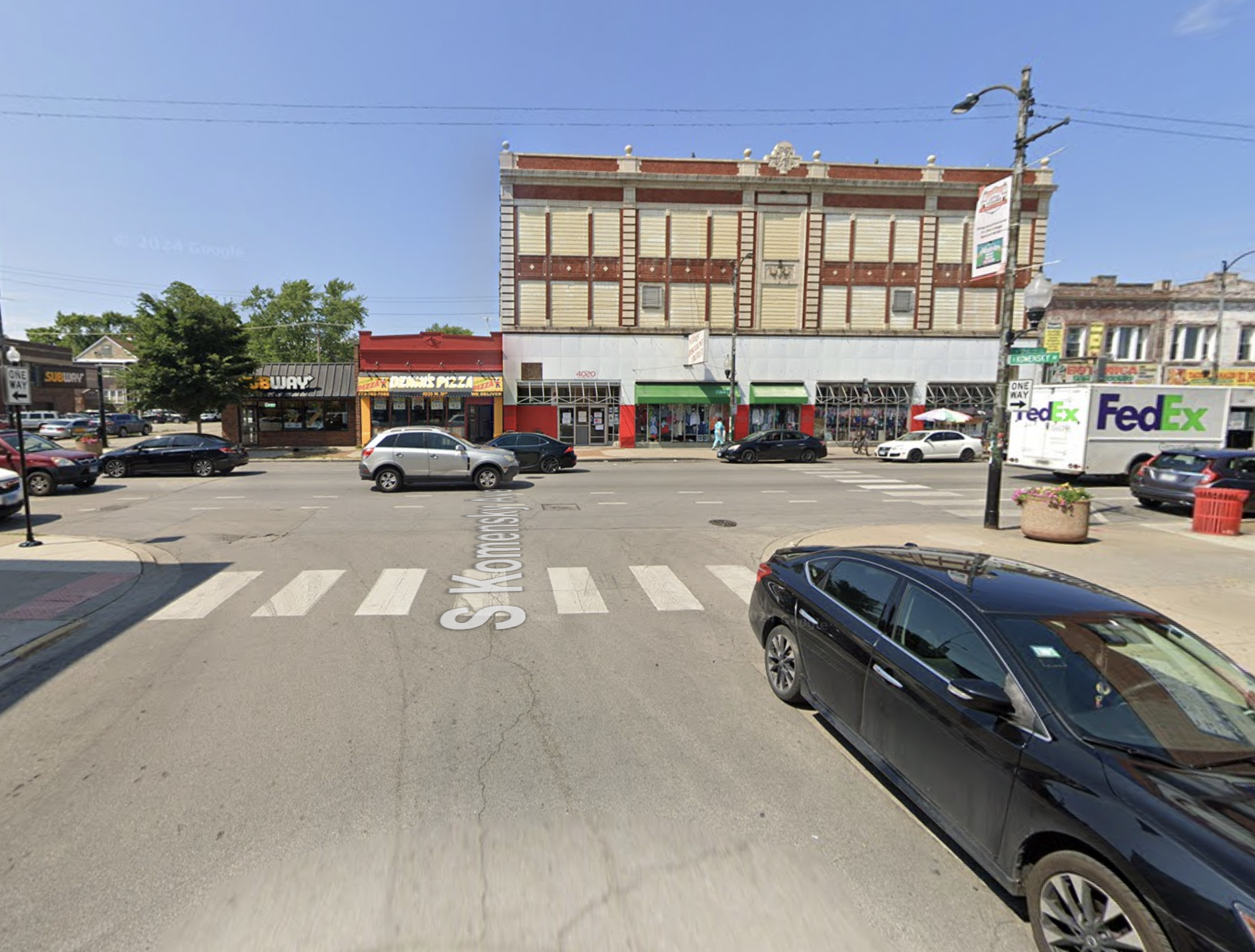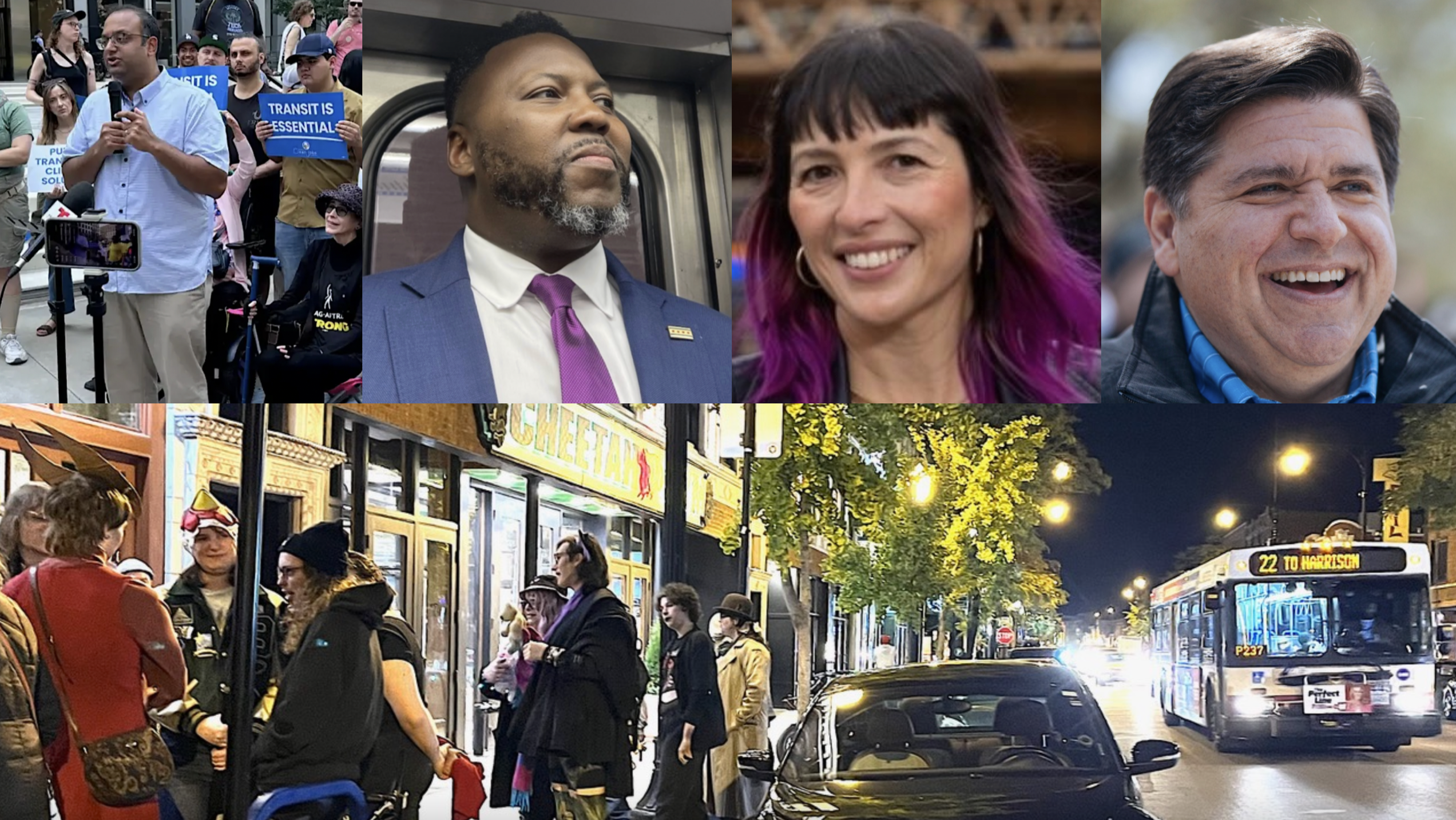
Sometimes the worst transportation plan is having no plan at all, and northeast Ohio could be the poster child for what goes wrong when regions aren't intentional about investments in transportation infrastructure.
While the regional planning organization, NOACA, always had a long-term plan, it was little more than a list of projects without any overarching vision. The agency may never have explicitly intended to undermine city neighborhoods and promote sprawl, but that was the predictable result as transportation planners chased "growth" in far-flung areas at the expense of the urban core, building highway lanes to accommodate development trends.
Now NOACA is trying to do things differently and develop a real strategy for the next 20 years and $12 billion in transportation investment. Marc Lefkowitz at Green City Blue Lake reported from the meeting that kicked off this process:
Grace Gallucci, Executive Director of NOACA, the agency overseeing that investment, made a few observations yesterday at its first public meeting on the region’s Long Range Transportation Plan. Gallucci offered that transportation has a lot to do with the shape a region finds itself in.
That spurred a number of responses that share a common theme: NOACA can shift more funding to fix its current roads and improve access to travel modes other than a single-occupant vehicle.
“The problem is, our investments have been following these trends,” said David Beach, Director of GreenCityBlueLake. Beach was referring to forecasts like the Ohio Department of Development's which has prioritized new roads and highways leading from population centers like Cuyahoga County. “But the trends suck. We need a very different reality. One that recognizes climate change. And then we need to reprogram our transportation system to meet it.”
...
Gallucci suggested that if Northeast Ohio wants to grow its multi modal options, it may have to generate new revenue, possibly through local taxes.
“If we wanted to seek new funding like Denver did in building out its light rail system, we could account for it,” Gallucci said
NOACA follows a formula that budgets $2.9 million of its $47.4 million annual budget for Transportation Alternatives.
How much of the largest “pot” of NOACA’s funding, the annual $29 million Surface Transportation Program, can be “flexed” to other modes such as transit? asked Akshai Singh.
“A lot,” answered Gallucci.
Elsewhere on the Network today: Citizens for Modern Transit reports that ridership is off to a strong start on Kansas City's new streetcar, especially on weekends. Streets.mn posts a video memorial for the parking lots that have been lost to development in Minneapolis. And Biking Toronto shares a map of cyclist injuries that should make city officials treat bike infrastructure plans with more urgency.





